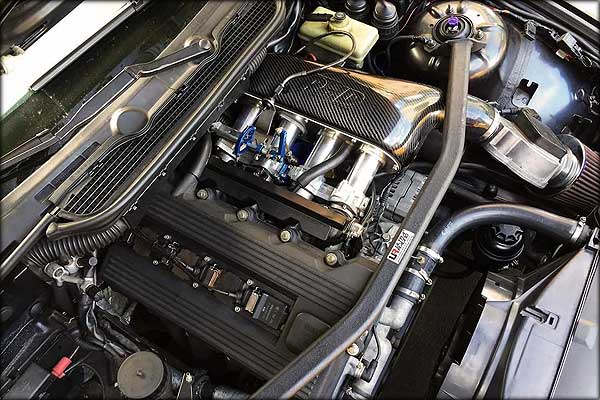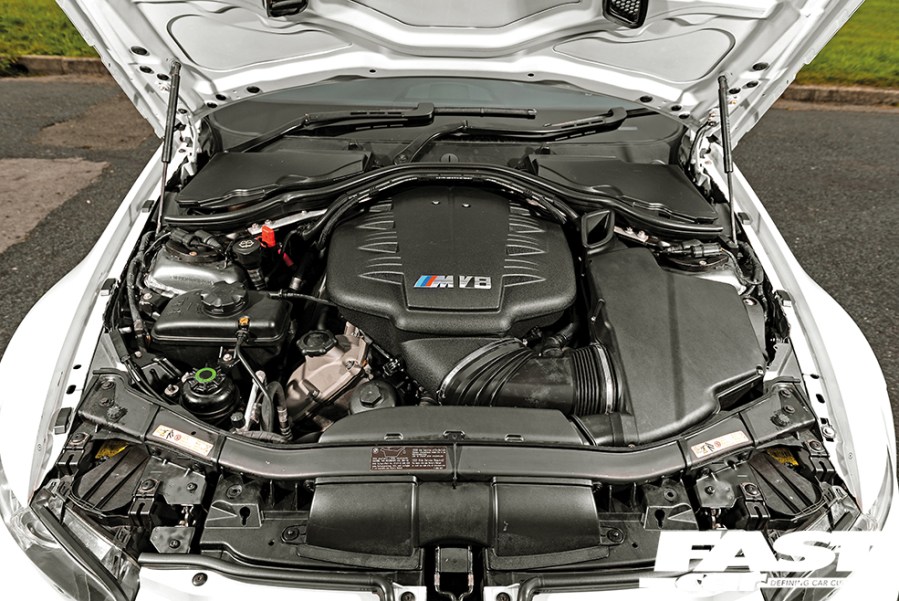A Comprehensive Guide to Comprehending BMW Engine Specs
Wiki Article
Checking Out the Evolution of Burning Engines in Modern Transport Solutions
As we navigate the landscape of modern transport, the development of combustion engines stands as a testimony to human resourcefulness and engineering prowess. The interaction of history, technology, and ecological worries in shaping the trajectory of burning engines produces a narrative that is both insightful and engaging.Early Beginnings of Combustion Engines
How did the principle of combustion engines initial arise in the beginning of transport development? The origins of combustion engines can be mapped back to the 17th century when the principles of inner combustion were initial checked out. In 1673, Christian Huygens conceived a basic inner combustion engine that utilized gunpowder to generate power. It wasn't up until the late 19th century that sensible applications of combustion engines in transportation began to arise.The innovation moment included the development of the first successful gasoline-powered engine by Karl Benz in 1885 - bmw engine. This engine led the way for the development of the contemporary auto, revolutionizing transportation systems worldwide. Subsequent technologies by Nikolaus Otto and Gottlieb Daimler further refined combustion engine innovation, leading to the mass production of cars and the quick development of the transport industry
These early combustion engines were defined by their simplicity and effectiveness, laying the foundation for the complex and powerful engines used in modern transportation systems. The evolution of combustion engines has actually contributed fit the means we take a trip and deliver products, marking a considerable milestone in the history of transportation advancement.
Transition to Internal Burning Innovation
The shift to internal burning modern technology marked a critical shift in the advancement of transport systems. This shift began in the late 19th century, with creators like Nikolaus Otto and Gottlieb Daimler creating the very first successful inner combustion engines. These engines transformed transport by using a more powerful and reliable option to steam engines and electrical motors.One of the key benefits of internal combustion engines was their capacity to be reduced to fit right into automobiles, resulting in the growth of cars and motorcycles. This change from cumbersome, fixed engines to compact, mobile ones led the way for the contemporary transportation systems we see today.
The shift to internal burning technology likewise stimulated advancements in fuel modern technology, resulting in the growth of gasoline and diesel as main gas sources for lorries. This shift not just made transport much more obtainable to the masses however additionally laid the foundation for the oil and gas market to come to be essential to worldwide economies.
Effect of Combustion Engines on Transport
The fostering of combustion engines in transport systems catalyzed an extensive shift in the effectiveness and rate of global movement. Burning engines changed transportation by offering a flexible and trustworthy resource of power for various cars, including cars and trucks, ships, aircrafts, and vehicles. This development substantially boosted the ability for goods and people to conform long distances in shorter time frameworks, causing raised connection in between areas and countries.Moreover, the extensive use of combustion engines has actually had a substantial influence on economic growth. The capacity to carry items successfully has stimulated trade and commerce, enabling businesses to increase their markets and get to consumers worldwide. This has actually facilitated financial growth and globalization, as items can currently be moved much faster and in bigger amounts than in the past.
Nevertheless, the environmental impact of burning engines can not be ignored. The combustion of nonrenewable fuel sources has actually caused air pollution and greenhouse gas emissions, adding to environment modification and positioning health threats to populations. bmw engine. Consequently, there is an expanding emphasis on developing different propulsion innovations to alleviate these adverse impacts and produce a much more sustainable future for transportation
Technologies in Combustion Engine Design
One notable development is the development of turbocharged engines, which use exhaust gases to drive a turbine that compresses inbound air, permitting for my site even more fuel to be charred, resulting in enhanced power output without a significant increase in engine dimension. Variable valve timing systems have likewise transformed engine design by enhancing air flow at different engine read speeds, improving both power and effectiveness. These developments collectively add to the constant enhancement of combustion engines in modern-day transport systems.Future Patterns in Combustion Engine Growth
With innovation advancements driving constant innovation, the future of burning engine growth is poised to reinvent transportation systems internationally. One of the vital fads in combustion engine advancement is the press towards higher performance and reduced discharges.Another noticeable trend is the adoption of crossbreed innovations in burning engines. Hybrid engines integrate standard burning technology with electric power, using boosted gas efficiency and lower discharges. As the auto industry shifts towards electrification, crossbreed burning engines are viewed as a transitional remedy that bridges the gap between traditional automobiles and totally electrical ones.
Additionally, the assimilation of clever technologies, such as expert system and data analytics, is expected to play a considerable function in the future of combustion engine advancement. These innovations can enhance engine performance in real-time, causing extra reliable burning procedures and improved general automobile performance. Accepting these future trends will not only drive innovation in burning engine development but also contribute to an extra lasting and eco pleasant transport ecological community.

Final Thought
In conclusion, the advancement of burning engines in contemporary transportation systems has actually been marked by considerable improvements in technology and design. From the very early beginnings of combustion engines to the shift to internal burning technology, these engines have had a profound influence on transport.The origins of burning engines can be traced back to the 17th century when the principles of internal burning were initial checked out. These engines changed transportation by offering a much more effective and effective option to heavy steam engines and electrical motors.

Report this wiki page